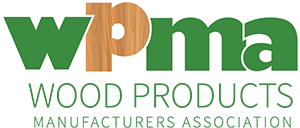News
EUDR Delayed 12 Months
The European Union has officially delayed the implementation of its European Union Deforestation Regulation (EUDR) by 12 months, pushing key compliance requirements into 2026. This extension offers U.S. hardwood exporters—along with
One Big Beautiful Bill (OBBB) changes and how they affect Section 179 and vehicle/machinery purchases placed in service
Key takeaways The One, Big, Beautiful Bill (signed July 4, 2025) includes major, immediate changes affecting business expensing and depreciation for property placed in service in 2025. (IRS) Section 179 expensing was expanded under the
Fact Sheet: President Donald J. Trump Imposes Tariffs on Imports from Canada, Mexico, and China
The U.S. has recently implemented new tariffs on imported goods, potentially affecting the hardwood industry's supply chain, costs, and global competitiveness. We are closely monitoring these developments. Here's an overview: Key
How Can You Be Extremely Busy and Still Go Out of Business?
We hear it all the time. I am so busy I will never be able to catch up, even if I was able to hire an additional 20-25 employees. The big question to ask yourself is, how can you be so busy that you cannot see straight that your
What Does Your Brand and Company Culture Have to Do With Attracting Talent?
In a recent article in the Weekly Hardwood Review it was stated that according to the Manpower Group more than half of today's job seekers feel an employer's brand and culture are definitely more important than they were five years
Importance Of A Unified Wood Promotion Program
For many years hardwood in a home was considered to be a sign of wealth or success. Items such as hardwood floors, cabinets, and furniture provided the feeling that the homeowner had "made it" and would be set for life while they
